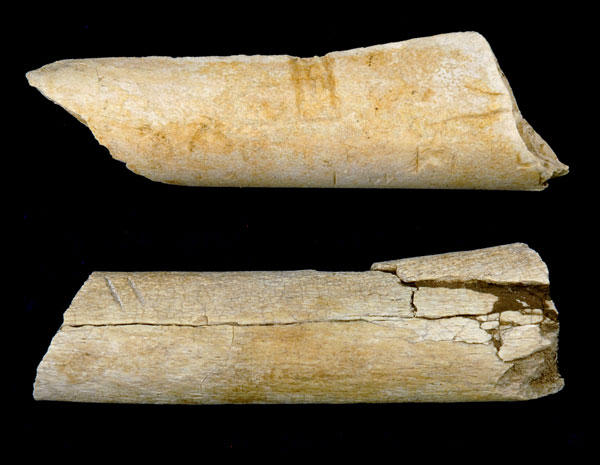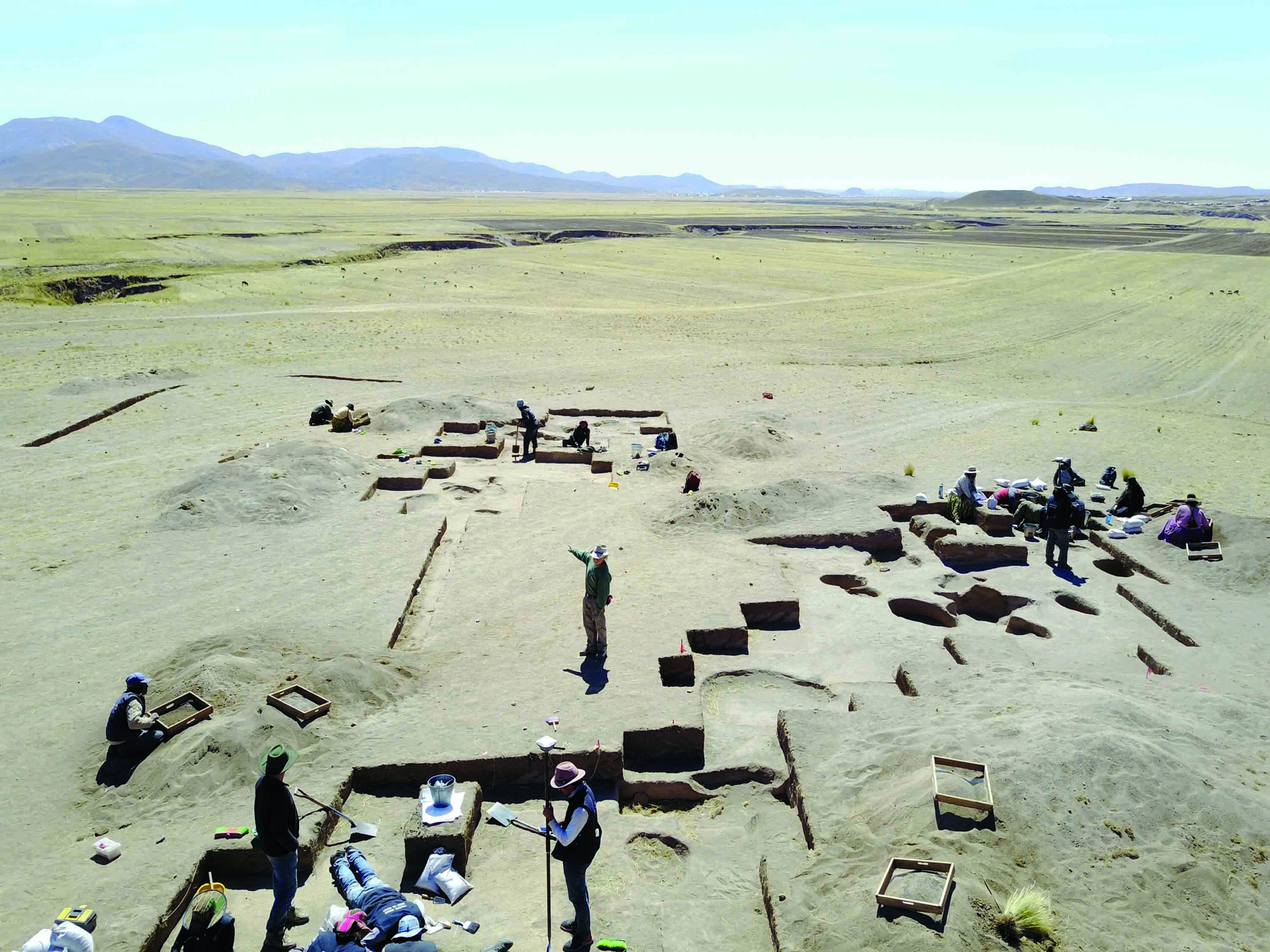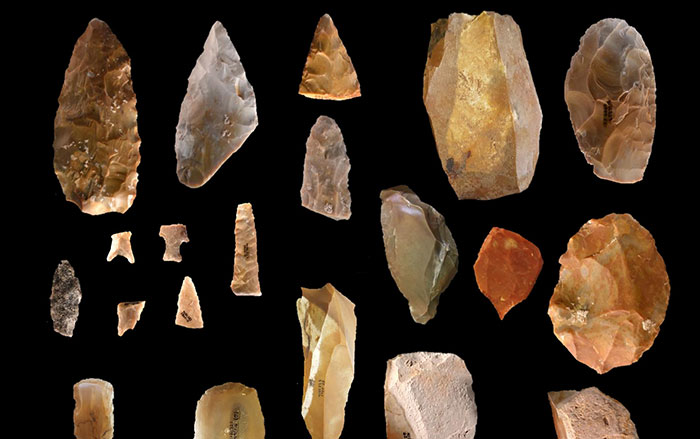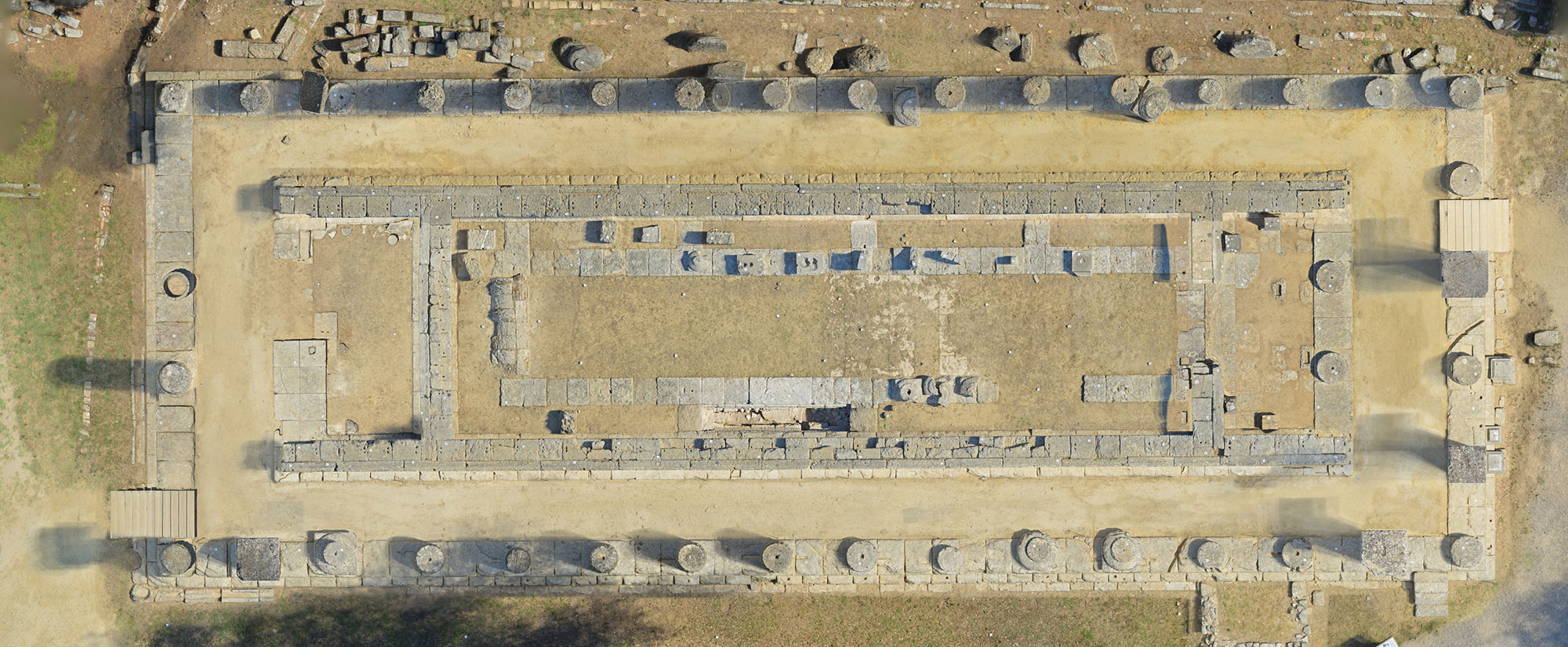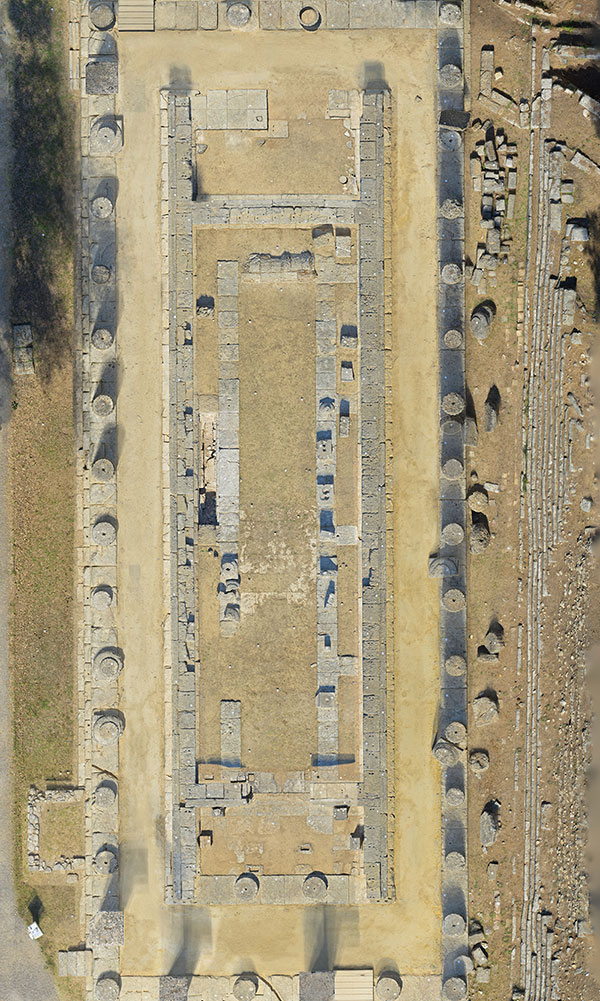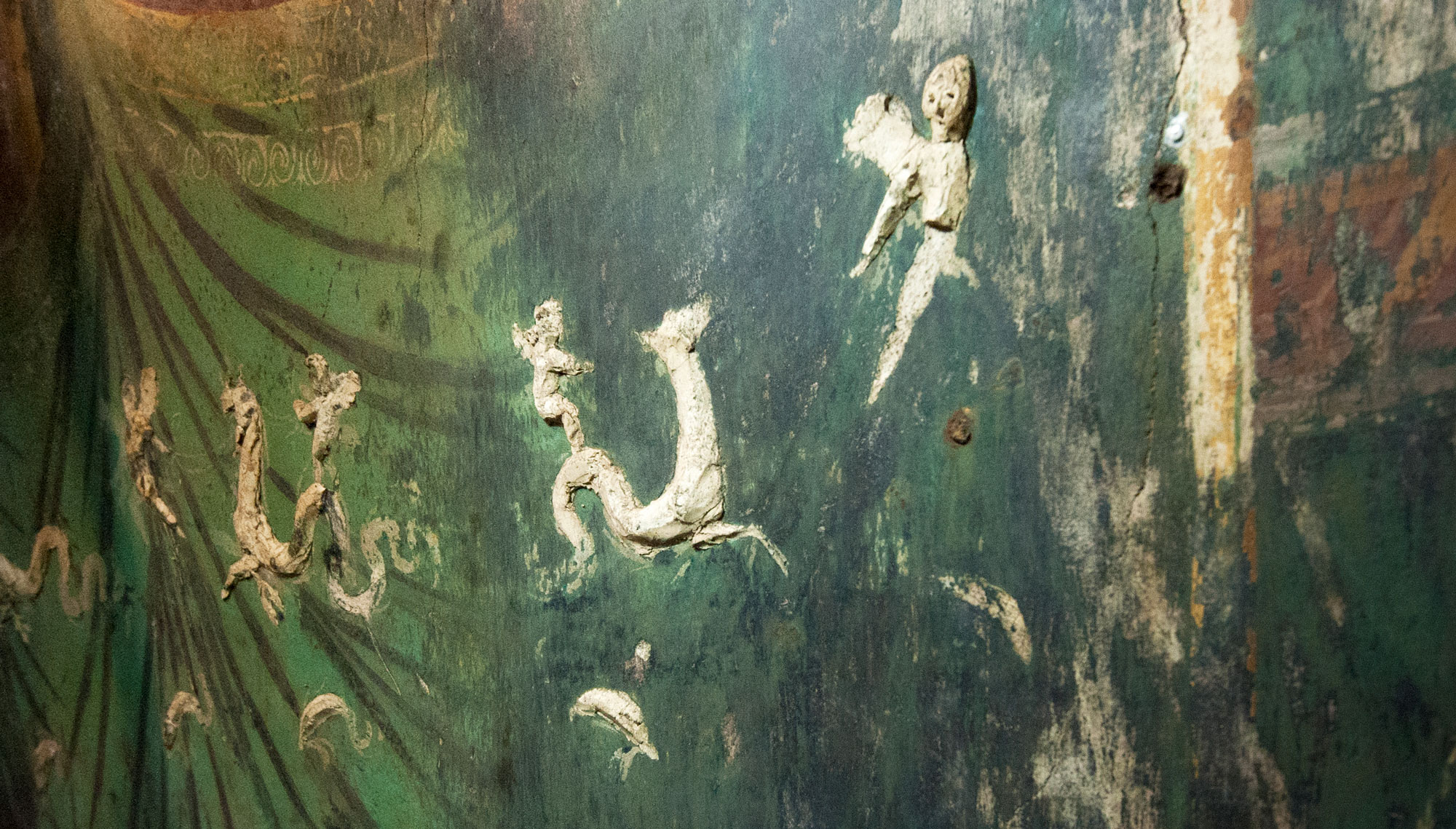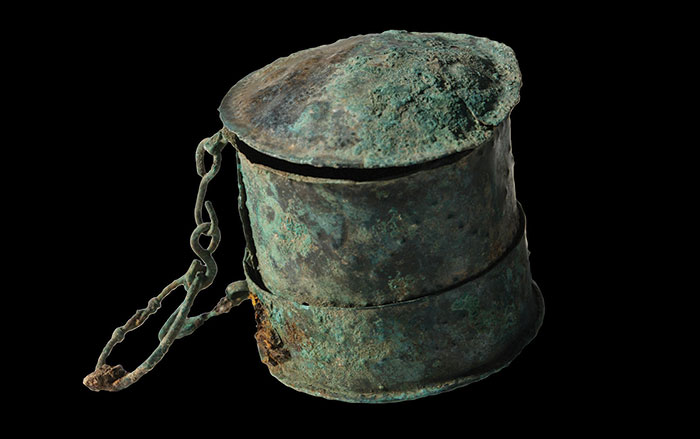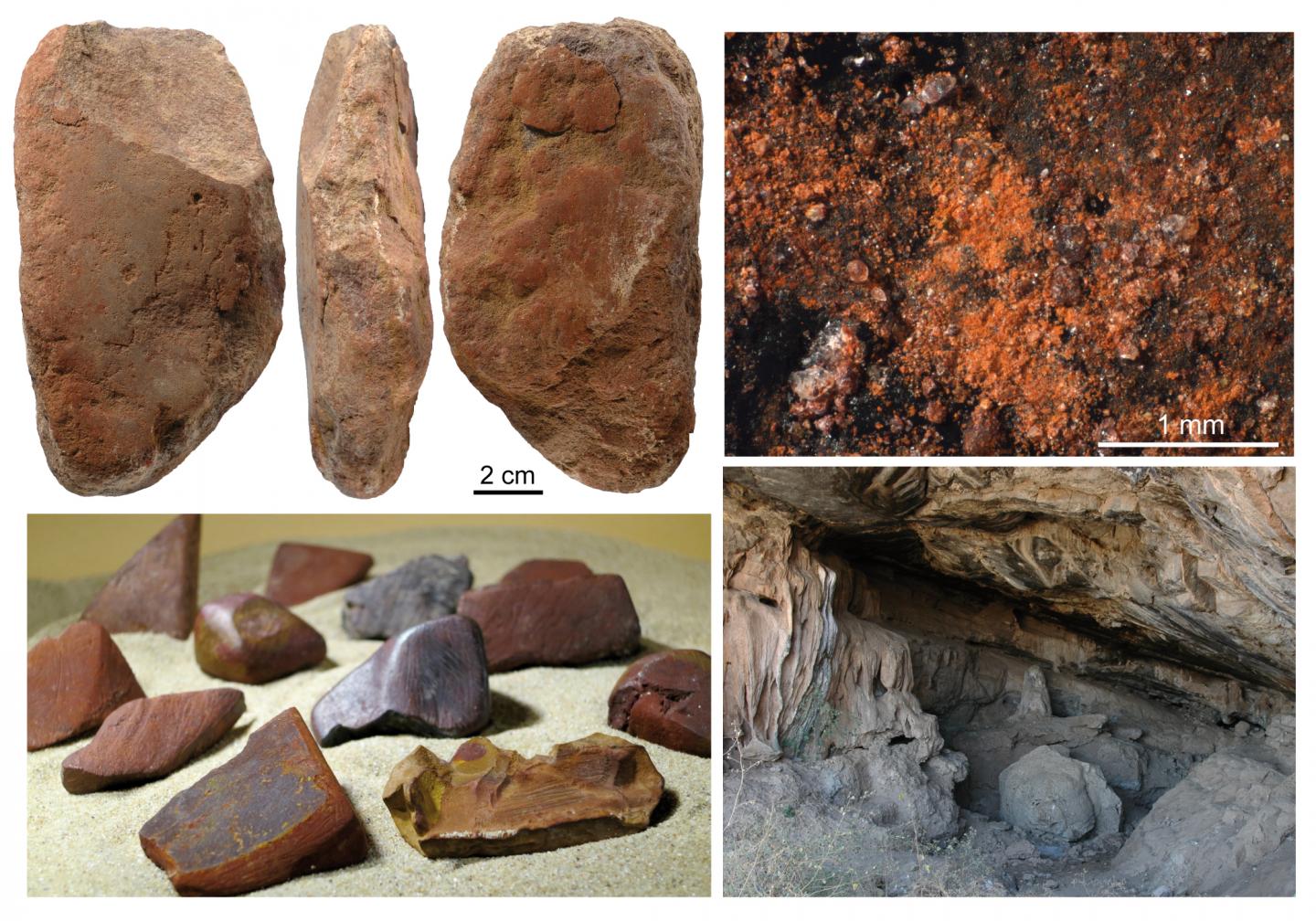
BORDEAUX, FRANCE—It has been suggested that ochre was used by Middle Stone Age peoples for either utilitarian or symbolic purposes. Cosmos reports that a team of researchers led by Daniela Rosso of the University of Bordeaux examined 40,000-year-old ochre-processing tools and ochre-stained artifacts collected in a small area of Ethiopia’s Porc-Epic Cave with microscopy, spectroscopy, and X-rays. They found that the red and yellow powders were produced in a variety of colors and textures, perhaps for multiple different uses. For example, preparing ochre in a limestone or sandstone grindstone yielded a lighter-colored powder, while using harder basalt and quartzite grindstones affected the granularity of the ochre. Rosso and her team suggest that fine ochre with a clayish texture would have been made for symbolic body painting or cosmetics. Ochre of the mixed-grain size may have served utilitarian purposes, such as an ingredient in an adhesive used for attaching a blade to a handle or strap. The researchers add that a round-shaped stone found in the collection of ochre-related tools may have been used as a stamp to apply pigment to surfaces. For more, go to “A Portrait of the Artist as a Young Neanderthal?”


